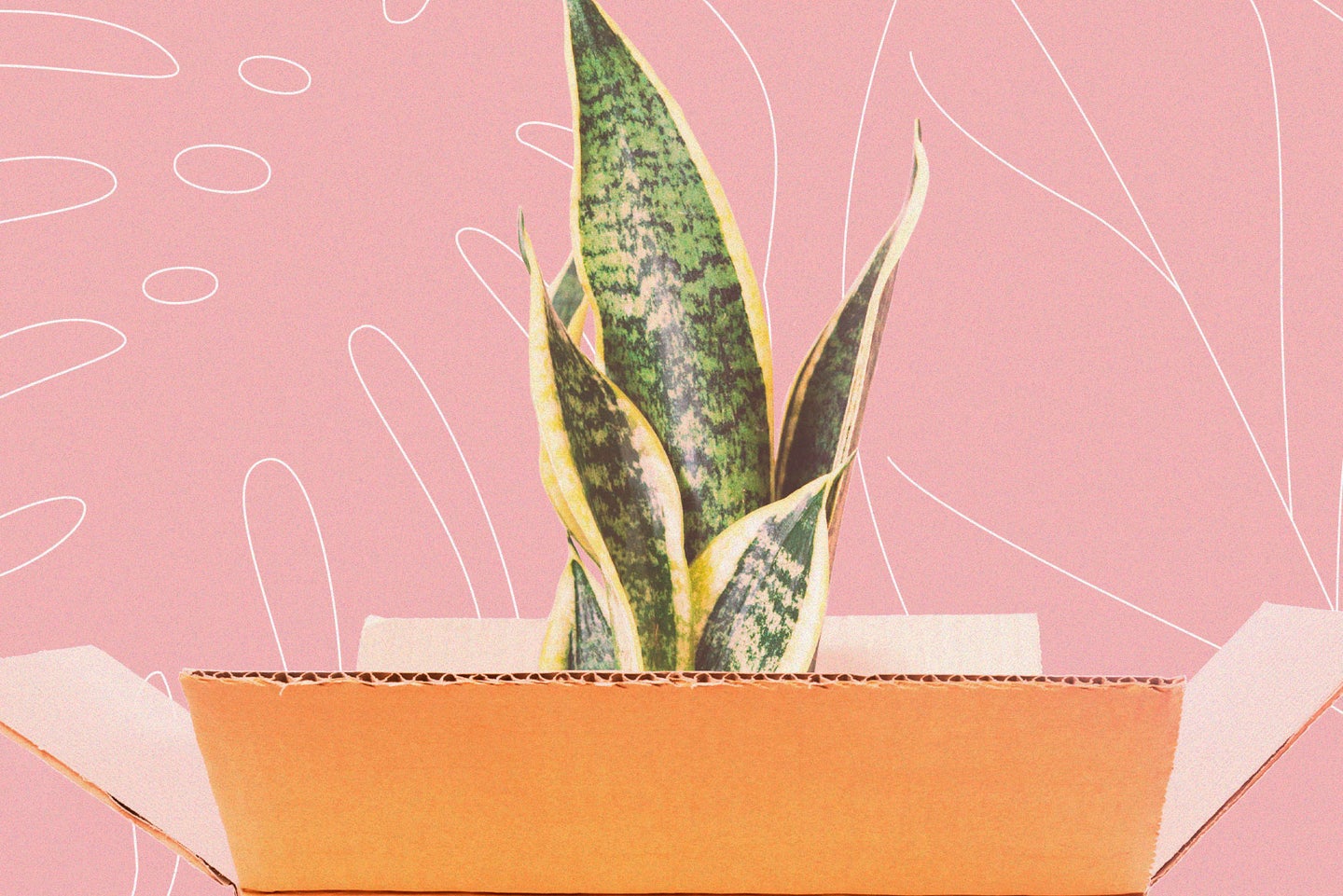How to ship your beloved houseplants across the country without killing them
We asked the professionals for their shipping secrets—and they delivered.

Growing plants can seem intimidating, but we believe anyone can create a thriving home conservatory of any size. We’re here to help nurture your skills and help make that happen, so please feel free to send any plant-related questions of your own to ask@popsci.com with “Plants” in the subject line.
This summer, I am moving roughly 3,000 miles from San Francisco to New York City. Like every transition, this brings an opportunity to reevaluate which possessions are worth bringing along. I’ll be posting some of my 27 houseplants on my local Buy Nothing Facebook page—many are ubiquitous and cheap in both locations—but others I can’t set free.
Each plant I’m keeping represents neighborhood strolls with friends in the Inner Richmond neighborhood, crosstown hikes, and leisurely picnics in Golden Gate Park. Throughout the city, succulent leaves frequently fall from the yards and pots of manicured pastel Victorians to the sidewalk, where I consider them fair game. Eager to possess my own tiny version of the California dream, I saved these leaves from being swept into the street, and then propagated them. Many have thrived and are fully formed plants now. While I might not be able to recreate SF’s lighting and climate to give my succulents that perfect West Coast glow, I’m willing to give it a try. And the first step is shipping my plants to New York City.
Do your homework
But first I have to make sure my plants will be welcome in my new home. The number of plant diseases and pests that no one wants in their neighborhood could fill encyclopedias, and risk mitigation is especially important for states that make a lot of money growing fruits and vegetables—they don’t want to risk their crop. Most common houseplants that you’ve grown inside for their entire lives should be fine, but you might have to leave your orange and lemon trees behind, even if they’re inside. If you’re unsure about your specific plants and want to be thorough, reach out to the National Plant Board representative in both your current and future state to ask for details.
Choose the proper packing materials
Packing is easier than you might think. Online plant retailers The Sill and Logee’s both say they use common recyclable household materials to protect plants on their journey: cardboard, rubber bands, heavy paper, and newspaper; maybe bamboo stakes if the plant is bigger or needs more support. Logee’s adds some mulch film to make sure everything stays in the pot. The bottom line: You don’t need fancy packing materials to be effective.
Avoid the wrong packing materials
The frustratingly difficult-to-recycle fossil fuel company godsend, plastic, is simply unnecessary (beyond the tape to seal the box). That’s right: no bubble wrap, no packing peanuts. Logee’s once considered plastic clamshell packaging, but Amy Miller, production manager at the Connecticut-based company, says that type of container only works well when most of your plants are the same size and shape.
Assemble with care
The first step in putting your package together is to pot each plant. I considered sending mine with naked roots so my box would be lighter, and Erin Marino, editorial lead at The Sill, says that bare roots will probably survive shipping if you put plenty of padding around them. Marino and Miller both say their respective employers ship theirs in pots.
If you want to avoid uprooting your plants before moving them, your package will be heavier, but your plant will be protected. The Sill puts their plants in grower pots (made of weak plastic), then in a larger planter, wraps that with kraft paper, and finally drops that into cardboard packaging the company designed specifically for their precious cargo. “It sounds simple, but shipping thousands of plants across the country is no joke,” says Marino. Logee’s uses a similar method. They put shredded tissue paper over the top of the soil that’s packed around the plant, and this makeshift mulch secures the plant in the pot while holding in moisture. They then secure mulch film over that with a rubber band. Both companies use plant stakes for extra support if necessary.
[Related: How to build a thriving indoor garden]
Weigh your shipping options
Faster shipping costs more. So what’s the most amount of time your plants can stay healthy in a box? It depends. The longer your plant is cooped up without light and water, the sadder and wiltier it will be upon arrival. The Sill sends their plants in one to three days, Logee’s in three to five. Your options are priority mail and first class mail, which both ship in one to three business days, according to the USPS website. You could also invest in a reputable carbon offset program to mediate the emissions from your plant’s trip. The Sill uses UPS carbon neutral shipping.
Take extra care of your plants after they arrive
Even if you do everything perfectly, your plants will probably need some extra care when they reach their new home. That means plenty of sunshine and water. Even the pros struggle with this. “We do our very best to ensure the plant arrives healthy and happy at the customer’s door, but sometimes plants need a little TLC upon arrival, and a day or two to perk up,” says Marino.
Stewarding a few small, photosynthesizing members of your household to a new home is an honor and a responsibility. The winters in your next place might be rough, or the air a little more dry, but transporting them quickly and with as little damage as possible will give them the best possible start.
